Eastern Cottontail Rabbit
- December 21, 2023
- 0 comment
The Eastern Cottontail, scientifically known as Sylvilagus floridanus, is a charming and common rabbit species found throughout North America. These small mammals often find themselves entangled in conflicts with gardeners and farmers due to their voracious appetite for vegetation, making them notorious for nibbling on crops and ornamental plants. Despite their propensity for causing damage, Eastern Cottontails are protected by various wildlife conservation laws and regulations, which vary by region. Understanding their legal status is crucial for balancing the need to protect crops and gardens with the importance of preserving local biodiversity.
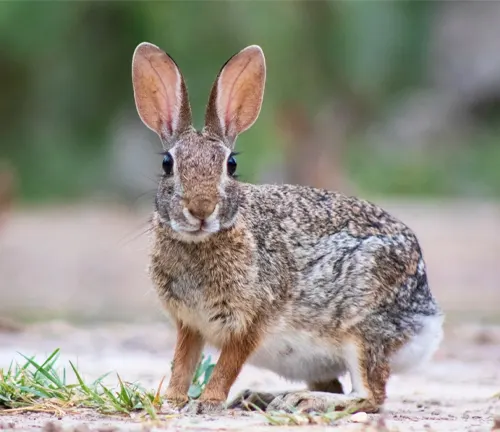
Identifying Eastern Cottontails is relatively straightforward. They are characterized by their soft, dense fur, which varies in color from brown to gray, providing effective camouflage in their natural habitats. A distinctive feature is the cottony white patch of fur on their tail, resembling a ball of cotton, hence the name “cottontail.” Their ears are large and erect, and they have large eyes that aid in their nocturnal activities. These rabbits are known for their agility and quick movements, making them adept at escaping predators.
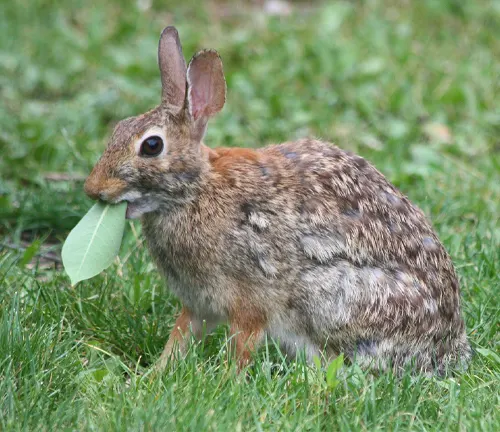
The Eastern Cottontail’s range spans a broad territory, covering most of North America, from southern Canada to parts of Mexico. They adapt well to diverse environments, including grasslands, woodlands, and suburban areas, showcasing their remarkable versatility and ability to coexist with humans. This adaptability, however, contributes to their occasional encounters with residential areas, leading to conflicts with homeowners and gardeners.
Health and safety concerns arise in areas where Eastern Cottontails and humans share close quarters. While these rabbits are not typically aggressive, they may carry diseases that can be transmitted to other animals or humans, emphasizing the importance of maintaining a safe distance and avoiding direct contact. Additionally, their habit of nibbling on garden plants can pose challenges for those seeking to protect their landscaping. Balancing coexistence with these creatures requires a nuanced approach that considers both the conservation of local wildlife and the protection of human interests.
| Aspect | Description |
|---|---|
| Scientific Name | Sylvilagus floridanus |
| Conflicts | Often involved in conflicts with gardeners and farmers due to their plant-eating habits |
| Legal Status | Protected by wildlife conservation laws and regulations, legal status varies by region |
| Identification | Soft, dense fur ranging from brown to gray, distinctive cottony white tail patch, large erect ears, and agile movements |
| Physical Description | Small mammal, approximately 15-18 inches in length, nocturnal, with large eyes for low-light vision |
| Species Range | Found throughout North America, from southern Canada to parts of Mexico, adaptable to various environments |
| Health and Safety | May carry diseases that can be transmitted to other animals or humans, caution advised to maintain a safe distance |
| Habitat | Grasslands, woodlands, suburban areas, adaptable to diverse environments |
| Behavior | Generally not aggressive, known for quick and agile movements |
| Diet | Herbivorous, feeds on vegetation, crops, and ornamental plants |
| Reproduction | High reproductive rate, with multiple litters per year |
| Conservation Status | Generally not considered endangered, but conservation efforts may be necessary in certain regions |
| Human Interaction | Coexistence challenges in areas where residential and natural habitats overlap |
A Closer Look at Nature’s Cotton-Tailed Wonder
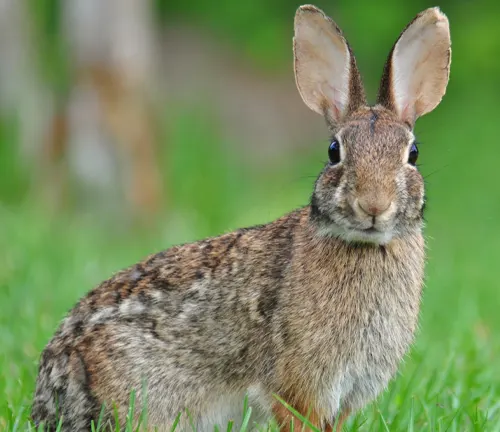
General Biology
The Eastern Cottontail, scientifically known as Sylvilagus floridanus, is a fascinating creature that graces the landscapes of North America. Small in stature, these rabbits typically measure between 15 to 18 inches in length. Their fur, ranging from brown to gray, provides excellent camouflage in the diverse environments they inhabit, which include grasslands, woodlands, and even suburban areas. Known for their agility and quick movements, Eastern Cottontails are adept at navigating their surroundings, showcasing their remarkable adaptability.
Reproduction
The reproductive prowess of Eastern Cottontails is a marvel of nature. These rabbits exhibit a high reproductive rate, with females capable of having multiple litters per year. The gestation period is relatively short, around 28 days, ensuring a rapid expansion of their population. This prolific reproductive strategy is a key factor in the success and widespread distribution of the Eastern Cottontail.
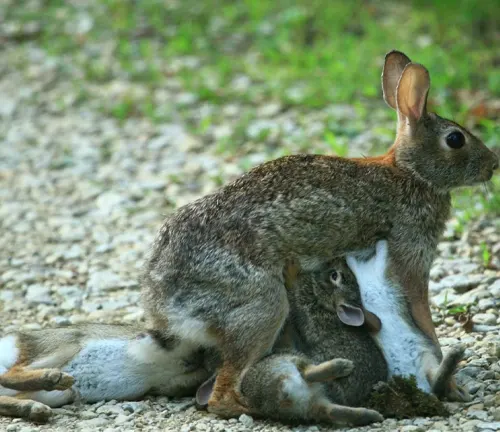
Behavior
While not generally aggressive, Eastern Cottontails are known for their quick and agile movements, enabling them to evade predators effectively. Their primarily nocturnal nature makes them more active during the twilight hours, relying on their large, expressive eyes for low-light vision. Despite their modest size, their behavior plays a crucial role in their survival in the wild.
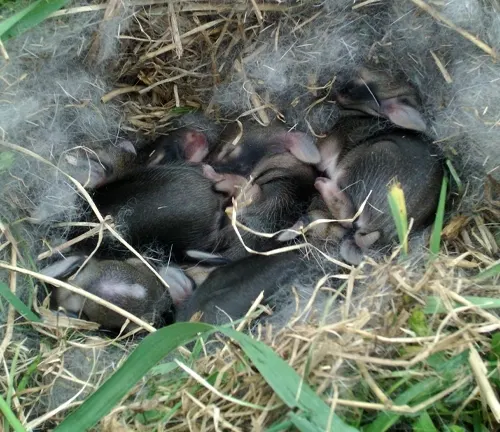
Nesting/Denning Cover
Eastern Cottontails are meticulous in selecting nesting and denning sites. They often utilize existing burrows made by other animals or create shallow depressions in the ground for nesting. These sites provide essential cover for their young, offering protection from predators. The choice of denning cover is a critical aspect of their survival strategy.
Habitat
This species showcases a remarkable ability to adapt to various environments, ranging from open fields to wooded areas and even suburban landscapes. Their flexibility in choosing habitats contributes to their widespread distribution across North America, from southern Canada to parts of Mexico. Understanding their habitat preferences is crucial for appreciating their coexistence with diverse ecosystems.
Food Habits
Eastern Cottontails are herbivores with a penchant for vegetation. Their diet includes a variety of plants, crops, and ornamental vegetation, making them occasional pests for gardeners and farmers. Balancing their food habits with human interests is a challenge in areas where these rabbits and humans share proximity.
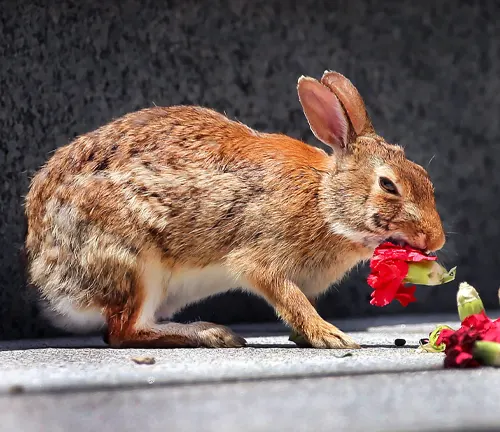
Voice, Sounds, Tracks, and Signs
Communication among Eastern Cottontails primarily involves body language and subtle vocalizations. While not as vocal as some other wildlife, they may emit soft squeals or grunts when distressed. Tracks and signs, such as droppings and chewed vegetation, provide valuable insights into their presence and behavior, aiding researchers and enthusiasts in tracking and studying these elusive creatures.
Navigating the Impact on Surroundings
Damage Identification
The Eastern Cottontail, a charming inhabitant of North America, brings with it a unique set of challenges when it comes to damage identification. While these small, furry creatures are often celebrated for their endearing appearance, they are not without their share of complications. Identifying the signs of Eastern Cottontail activity involves a keen eye for subtle clues, from nibbled vegetation to distinctive tracks, offering a glimpse into their presence in the surrounding environment.
Damage to Landscapes
In the realm of gardening and landscaping, the Eastern Cottontail can present both a delight and a dilemma. These herbivores have a voracious appetite for a variety of plants, often leading to damage in residential gardens and ornamental landscapes. The delicate balance between appreciating their role in local ecosystems and mitigating their impact on cultivated greenery is a constant consideration for those who seek harmony between nature and cultivated spaces.

Damage to Crops and Livestock
For farmers, the presence of Eastern Cottontails can be a double-edged sword. On one hand, their proliferation contributes to the richness of local biodiversity; on the other, their penchant for nibbling on crops poses a threat to agricultural productivity. Striking a balance between the preservation of these cotton-tailed wonders and safeguarding vital crops and livestock requires a nuanced approach. Understanding the patterns of damage and implementing effective preventive measures becomes essential for sustainable coexistence.

Damage to Structures
While Eastern Cottontails are not known for causing direct damage to structures, their presence can indirectly lead to complications. Their burrowing habits may undermine the stability of embankments, contributing to soil erosion in certain instances. Balancing the need to preserve the structural integrity of the environment with the natural behavior of Eastern Cottontails underscores the challenges faced by those managing areas where these rabbits coexist with human infrastructure.
Navigating Harmony through Damage Prevention and Control
Damage Prevention and Control Methods
As enchanting as Eastern Cottontails may be, their propensity for causing damage in gardens, farms, and landscapes calls for effective prevention and control methods. A thoughtful and humane approach is essential to strike a balance between the conservation of these cotton-tailed wonders and the protection of human interests.
Habitat Modification
One of the key strategies in managing Eastern Cottontail damage involves habitat modification. By altering the landscape to make it less conducive to their preferences, such as removing tall grasses and providing alternative food sources, we can encourage these rabbits to seek sustenance away from cultivated areas. Understanding their habitat requirements is pivotal in orchestrating modifications that discourage unwanted behaviors.


Exclusion
Creating physical barriers is a practical way to exclude Eastern Cottontails from specific areas. Fencing, when properly installed, can act as a deterrent, preventing access to gardens and crops. Strategic placement and appropriate materials are crucial considerations to ensure the effectiveness of exclusion methods while respecting the natural movements of these creatures.
Frightening Devices
Incorporating frightening devices is a humane yet assertive approach to discourage Eastern Cottontails. Motion-activated lights, sound-emitting devices, and other non-lethal tools can startle these rabbits, creating an association between the undesirable behavior and an unpleasant experience. Consistency and proper placement are key factors in the success of this method.


Repellents
The use of repellents is another avenue for managing Eastern Cottontail damage. Natural or chemical repellents, applied to plants or surrounding areas, can create an unappealing environment for these herbivores. Careful consideration of the chosen repellent and its application is essential to ensure its effectiveness while minimizing any potential impact on the local ecosystem.
Toxicants
While the use of toxicants should be approached with caution and is often subject to strict regulations, it remains an option for managing Eastern Cottontail populations. This method requires careful consideration of potential risks to non-target species and the environment. Professional guidance and adherence to legal and ethical standards are imperative when considering toxicants as a control measure.
Shooting
In certain contexts, shooting may be employed as a control method for Eastern Cottontails. This approach requires precision and compliance with local hunting regulations. It is essential to weigh the ethical implications and potential safety concerns associated with this method, ensuring it aligns with responsible wildlife management practices.
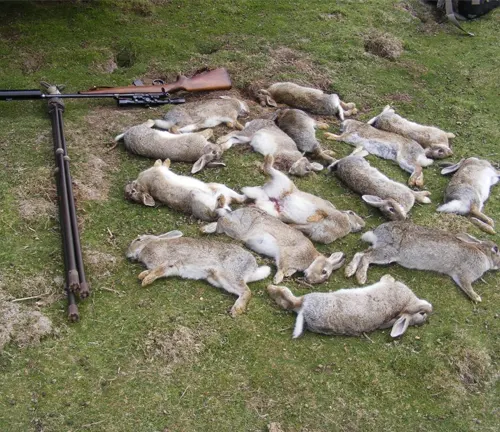
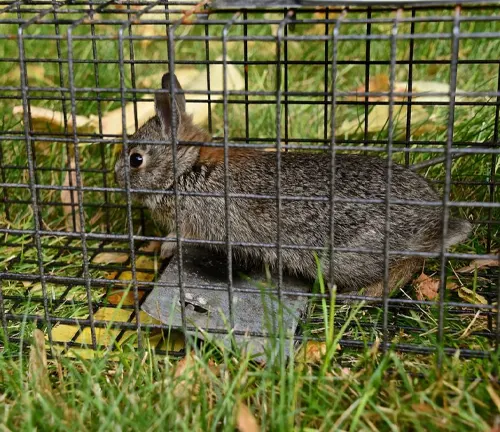
Trapping
Trapping is a widely used and humane method for managing Eastern Cottontails. Live traps can be strategically placed to capture rabbits without causing harm, allowing for their relocation to more suitable habitats. Regular monitoring and a prompt response to captured animals are critical aspects of the trapping approach to ensure its effectiveness and minimize stress on the rabbits.
Different Species
Sylvilagus floridanus floridanus
(Eastern Cottontail)
This is the nominate subspecies, commonly found in the eastern and central parts of the United States. It has the typical characteristics of the Eastern Cottontail, with variations in fur coloration and size depending on the specific region.
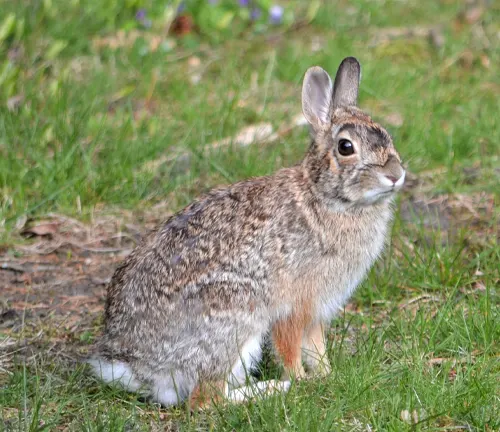
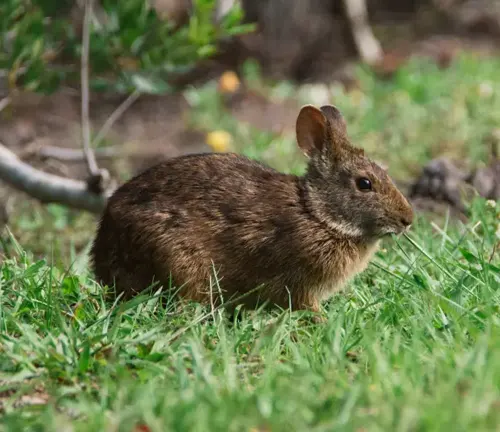
Sylvilagus floridanus mallurus
(Florida Cottontail)
Found in the state of Florida, this subspecies is adapted to the unique ecosystems of the region. It may display some differences in size and coloration compared to other subspecies.
Sylvilagus floridanus mearnsi
(Mearns’s Cottontail)
This subspecies is found in the southwestern United States and parts of Mexico. It may have distinctive features that set it apart, influenced by the arid environments it inhabits.
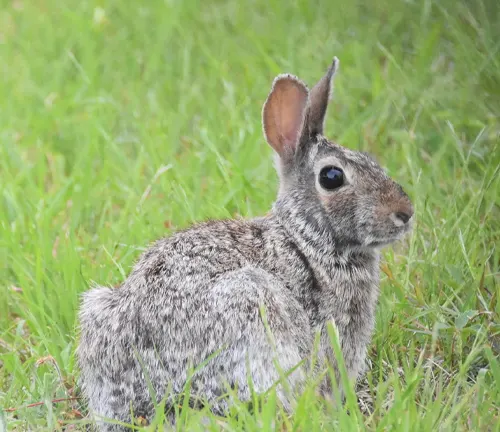

Sylvilagus floridanus cognatus
(Texas Cottontail)
Native to Texas and neighboring regions, this subspecies may exhibit variations in size and coloration compared to other Eastern Cottontails.
Frequently Asked Questions (FAQs)
1. What is the Eastern Cottontail?
The Eastern Cottontail (Sylvilagus floridanus) is a species of cottontail rabbit native to North America. It is known for its distinctive cottony white tail and is commonly found in a variety of habitats, ranging from grasslands to woodlands and suburban areas.
2. What do Eastern Cottontails eat?
Eastern Cottontails are herbivores and primarily feed on a variety of vegetation, including grasses, clover, flowers, and garden plants. Their diet may vary depending on the availability of food in their habitat.
3. Are Eastern Cottontails aggressive?
Eastern Cottontails are generally not aggressive towards humans. They are more likely to use their agility and quick movements to evade predators rather than confront them.
4. How do you identify an Eastern Cottontail?
Eastern Cottontails are identified by their small size, soft fur (brown to gray), large eyes, and distinctive cottony white tail. They have large ears that are often erect, contributing to their characteristic appearance.
5. Where do Eastern Cottontails live?
Eastern Cottontails are adaptable and can be found in a variety of habitats, including grasslands, woodlands, and suburban areas. They have a wide range, spanning from southern Canada to parts of Mexico.
6. Do Eastern Cottontails burrow?
While Eastern Cottontails do not dig extensive burrows, they may use existing burrows made by other animals for nesting. They are known to create shallow depressions in the ground for nesting and shelter.
7. How do Eastern Cottontails reproduce?
Eastern Cottontails have a high reproductive rate. Females can have multiple litters per year, with a gestation period of around 28 days. Their prolific reproductive strategy contributes to their widespread distribution.
8. What conflicts do Eastern Cottontails cause?
Eastern Cottontails can cause conflicts with gardeners and farmers due to their habit of nibbling on crops and ornamental plants. Balancing their presence with human interests requires effective damage prevention and control methods.
9. Are Eastern Cottontails protected by law?
Eastern Cottontails are protected by wildlife conservation laws and regulations. The legal status may vary by region, emphasizing the importance of understanding and adhering to local wildlife protection measures.
10. How can I prevent damage caused by Eastern Cottontails?
Damage prevention methods include habitat modification, exclusion (fencing), frightening devices, repellents, toxicants (used with caution and compliance with regulations), shooting (where legal), and trapping (using live traps for humane relocation). Implementing a combination of these methods can help manage conflicts.






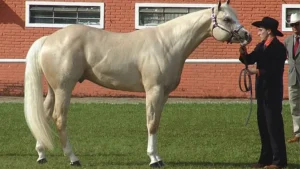




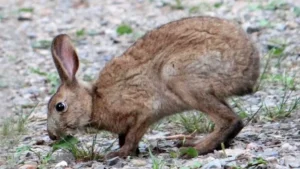
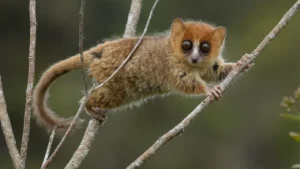

Leave your comment